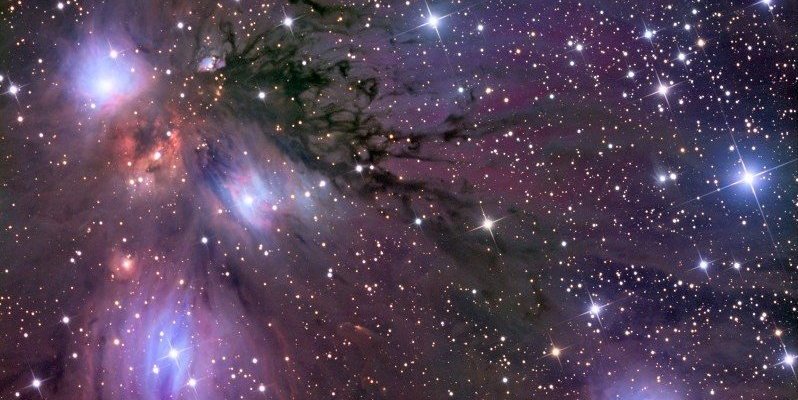There are two main types of gamma-ray bursts: short and long. Although astronomers believe they understand the causes of these two types of flare, there is still considerable overlap between them. A research team has proposed a new way to classify gamma-ray bursts using machine learning algorithms. This new classification scheme will help astronomers better understand these mysterious eruptions.
Since the 1960s, astronomers have detected short, intense bursts of high-energy gamma rays. These flares are coming from all over the sky, so they probably come from outside the galaxy. For decades, astronomers have described two different types of these gamma-ray bursts, which they call short and long. The shorter ones last less than two seconds on average and make up about 30% of all explosions. The rest, long ones, as a rule, are much brighter than their short counterparts.
Most astronomers believe that different processes gave rise to two different populations of gamma-ray bursts. The merging of compact objects such as neutron stars is believed to give rise to short bursts of gamma radiation. On the other hand, exotic-type supernova explosions are likely to lead to long-lasting ones. In the latter case, if sufficiently massive stars explode at a high enough spin rate, the exploding material can spin around and create a beam of radiation that shoots out into space. If this beam is directed towards Earth, we see it as a long burst of gamma rays.
However, it is difficult to discern the difference between them. Most gamma-ray bursts are on the border between short and long, and some bursts share characteristics of both.
A research team has proposed a new mechanism to distinguish between these two classes of observations. They used machine learning algorithms trained on existing datasets and computer simulations to find key distinguishing features between short and long gamma-ray bursts. They found that they were able to clearly separate the observation populations even when the duration of the eruption was just at the limit.
The astronomers hope that the tool will help classify future observations easily and that they can then be used to improve our understanding of the physical mechanisms behind explosions.













